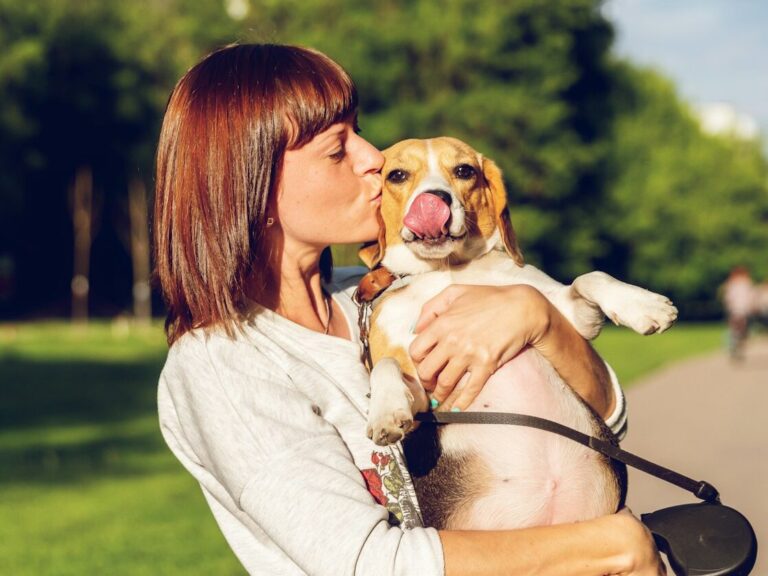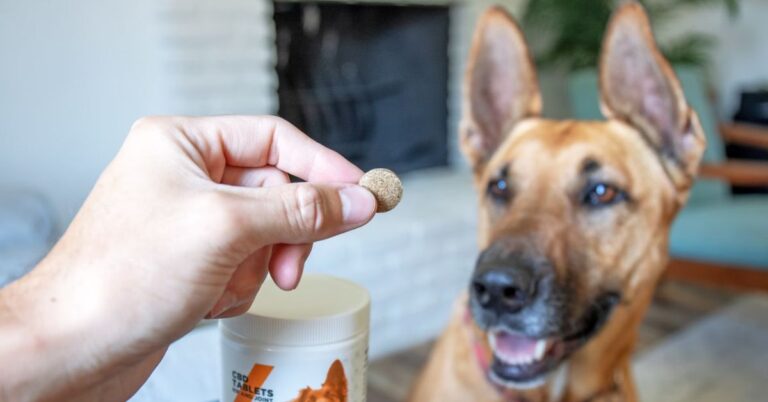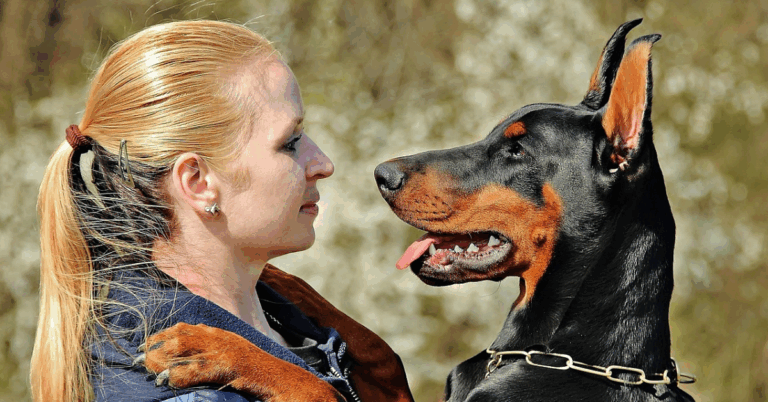Gone But Vital: 10 Dog Breeds That Built The Frontier
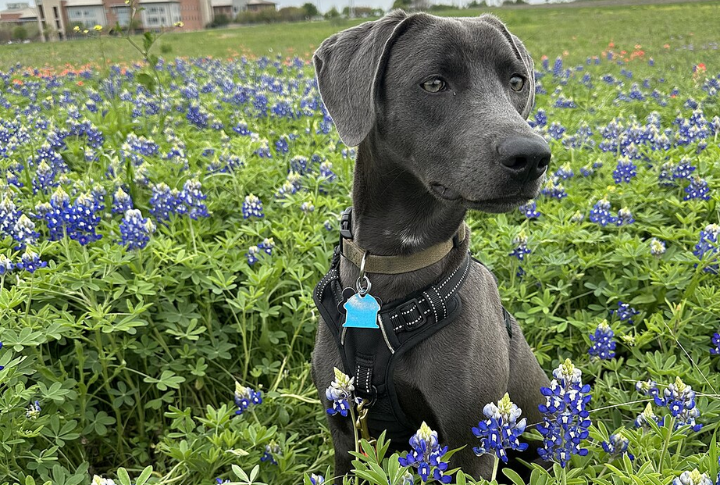
Long before modern breeds took the spotlight, working dogs moved alongside ranchers and settlers across open land. Their stories are layered into the grit of Western history, and they are remembered more by their roles than by their names. Here are ten lost dog breeds that helped shape the American West.
Tahltan Bear Dog
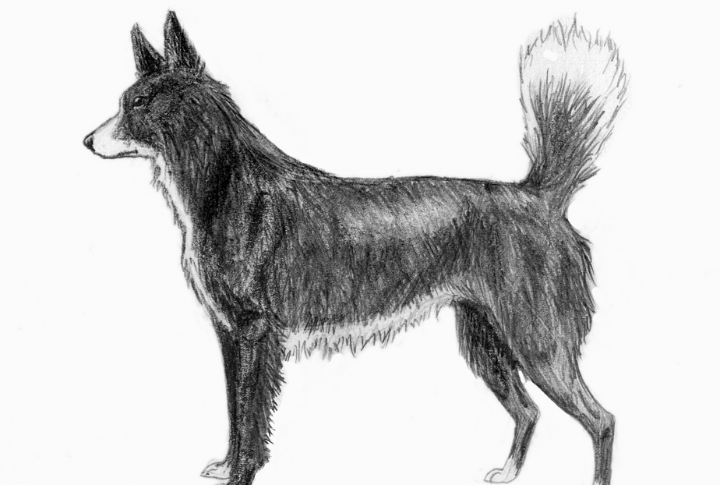
The Tahltan people of British Columbia bred this small but fearless dog to hunt bears and other large game. It used quick movements and agility to harass and distract prey. With its fox-like face, erect ears, and bushy tail, it stood out—until new hunting tools made its role obsolete.
Original McNab Shepherd
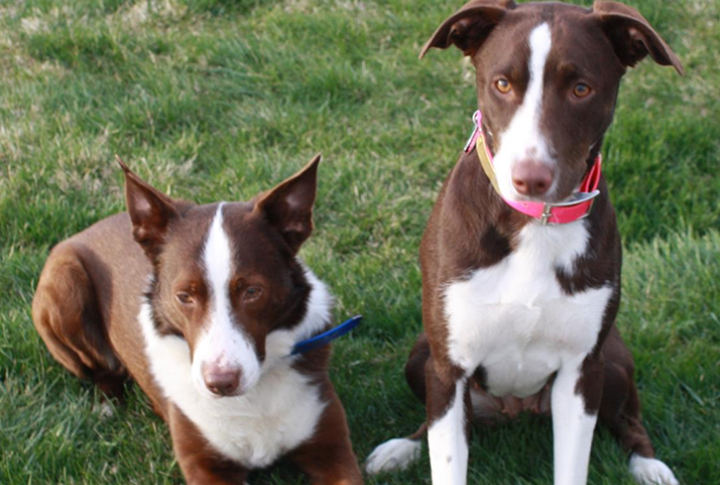
In the late 1800s, a rancher in Northern California named Alexander McNab created the breed by mixing Scottish Collies with resilient Basque herding dogs. Unlike Border Collies, it used a loose-eyed herding technique that didn’t rely on intense stares. That foundational strain eventually faded as breeding shifted, though current versions still carry the name.
Salish Wool Dog
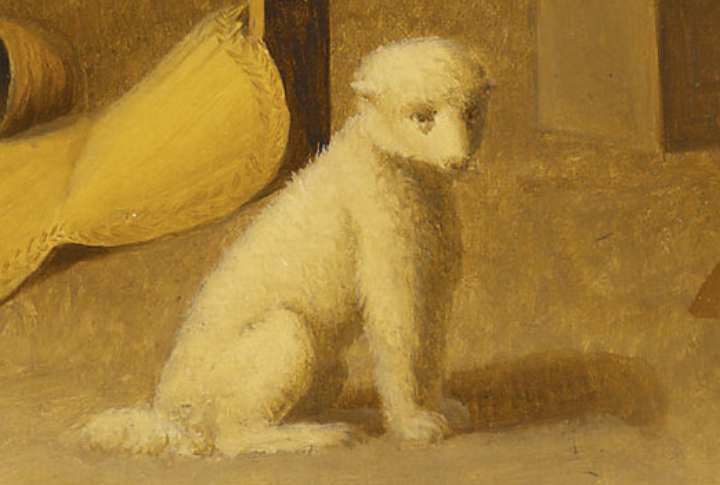
Once machine-spun wool became widely available in the late 1800s to early 1900s, this weaving companion quietly disappeared. Before that shift, the Coast Salish people of Washington and British Columbia carefully kept these dogs on islands and caves to protect their snow-white coats. Sheared like sheep, their fur was prized for making traditional blankets.
Southern Cur (Original Type)
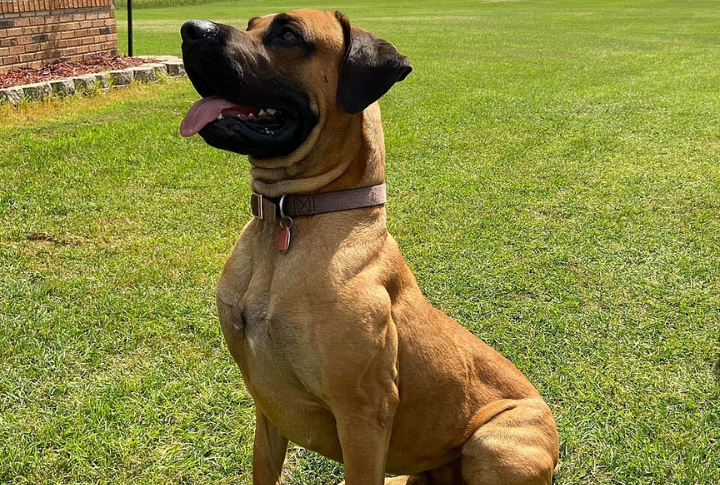
Selective breeding gradually displaced this first-generation all-rounder. In the Southern U.S., settlers once relied on this breed for hunting and herding, trusting its ability to track game and manage livestock. Though it’s no longer seen in its original form, the Southern Cur’s influence lives on in today’s working breeds.
Mountain Feist (Original Form)
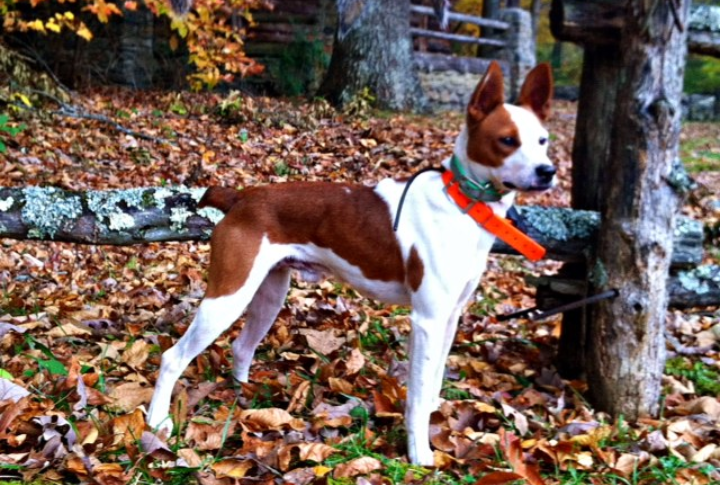
Modern hunting breeds eventually pushed this nimble worker out of the spotlight. For years, the Mountain Feist thrived in the Appalachians thanks to its quick reflexes and sharp instincts. It was never bred for looks—only for performance; squirrels and raccoons didn’t stand a chance the moment it locked in and gave chase.
Hare Indian Dog
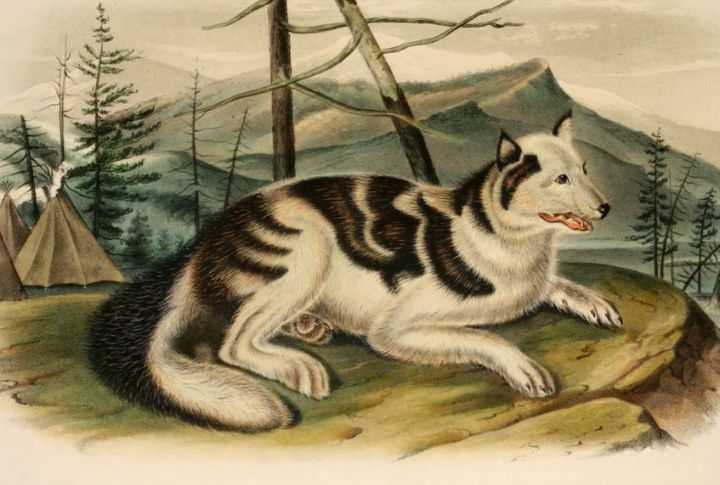
Could anything keep pace with game across open ground? This dog came close. Raised by the Hare people, it zipped through northern terrain with a lean build that hinted at both dog and coyote. Speed and tracking defined its work until imported breeds from Europe eventually took over that task for good.
Spanish Ranch Dog
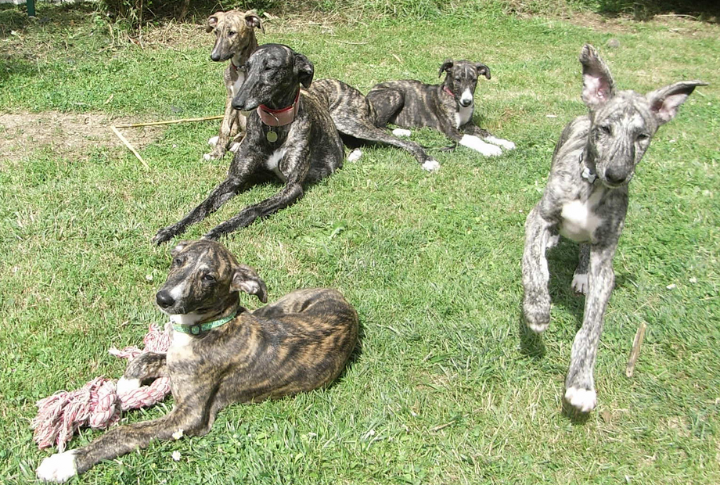
Early Spanish settlers used this dog as a herder and guard. Its roots trace back to older Spanish breeds like the Galgo, and it endured rough conditions in the West. However, as ranching methods changed and new breeds took over the work, the Spanish Ranch Dog was gradually replaced and faded from use.
American Working Collie (Early Type)

The original version no longer exists, but its legacy lives on in breeds like the Border Collie. Developed from British Collies brought by settlers, it was bred to herd, guard, and hunt on frontier farms. That versatility defined the American Working Collie’s place on early farms.
Blue Lacy (Original Strain)
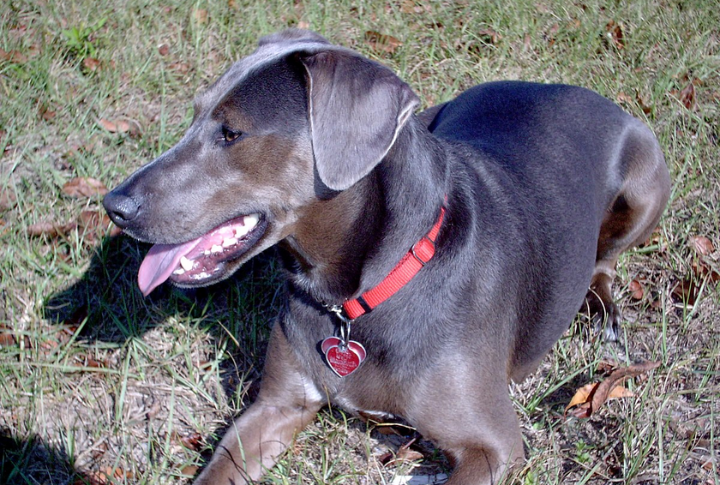
The Lacy brothers designed a dog that could do more than chase—it could control cattle and hogs across wide Texas ranges. Combining hound tracking, Greyhound speed, and raw toughness, the breed once ruled the ranch. Although less common now, it still holds a place in Texas history.
Old Blackmouth Cur (Early Strain)
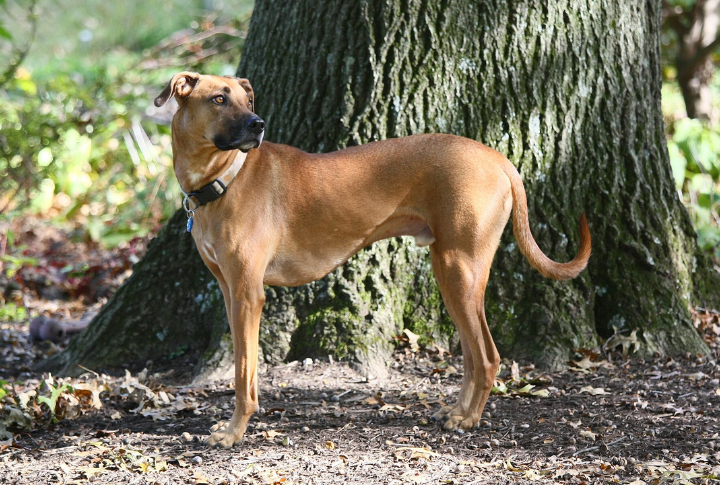
Farmers in the Southern U.S. once relied on a sturdy dog with a bold streak and a black muzzle that left no doubt about its identity. It handled tough jobs such as herding or protecting livestock with a strong prey drive. Later, selective breeding shaped it into the Black Mouth Cur we now know.

